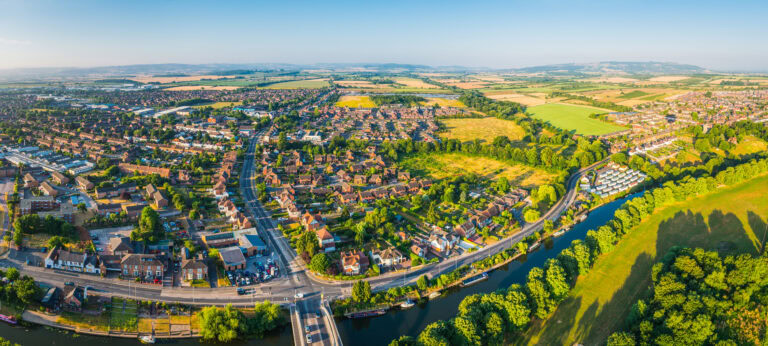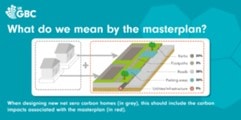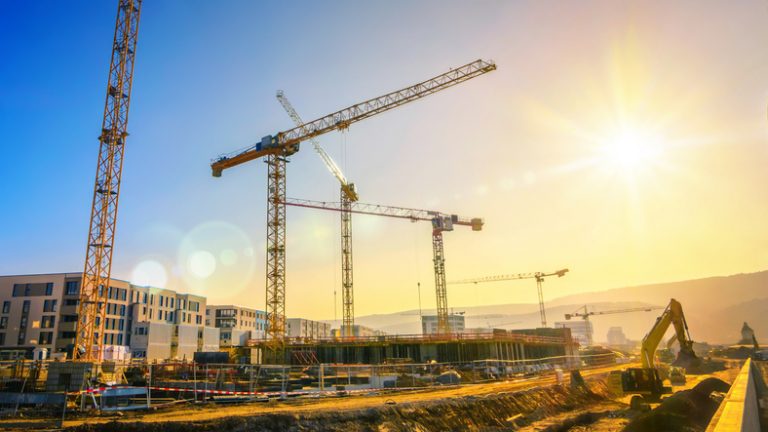Building the Case for Net Zero: A case study for low-rise residential developments.


This report presents the findings of a feasibility study exploring the design and cost implications of delivering low carbon residential developments. The study looks at a real-world 750-home scheme, Trumpington South, and is intended to highlight the need for the measurement and mitigation of embodied carbon in the construction and property industry.
The report reveals a number of easy and cost-effectiveness design interventions which can be applied at the masterplan level to achieve embodied carbon savings. The results also reveal that minimising embodied carbon has wider benefits, including enhanced climate resilience, increased nature and biodiversity, and improved resident amenity.
Key Findings
Through simple switches to the design of the masterplan, a 20.3% reduction in embodied carbon can be achieved
Embodied carbon is not regulated – it needs to be measured to be reduced.
Considering the masterplan can lead to an increase in biodiversity and climate resilience.
By championing public transport and active travel, a masterplan can influence individuals to use less carbon intensive transport.
The design of the masterplan can help promote a sense of community between homes.
To complement this report, UKGBC have published Building the case for Net Zero: Closing the gap towards net zero carbon new-build homes to demonstrate the feasibility of net zero homes. If you have any questions on this report or would like to provide feedback, please email ANZ@ukgbc.org.
Related downloads
Download Masterplan Report
Download Executive Summary
Related
Building the case for Net Zero: Closing the gap towards net zero carbon new-build homes

Building the Case for Net Zero Buildings

Delivering Net Zero: Key Considerations for Commercial Retrofits

New Homes Policy Playbook

